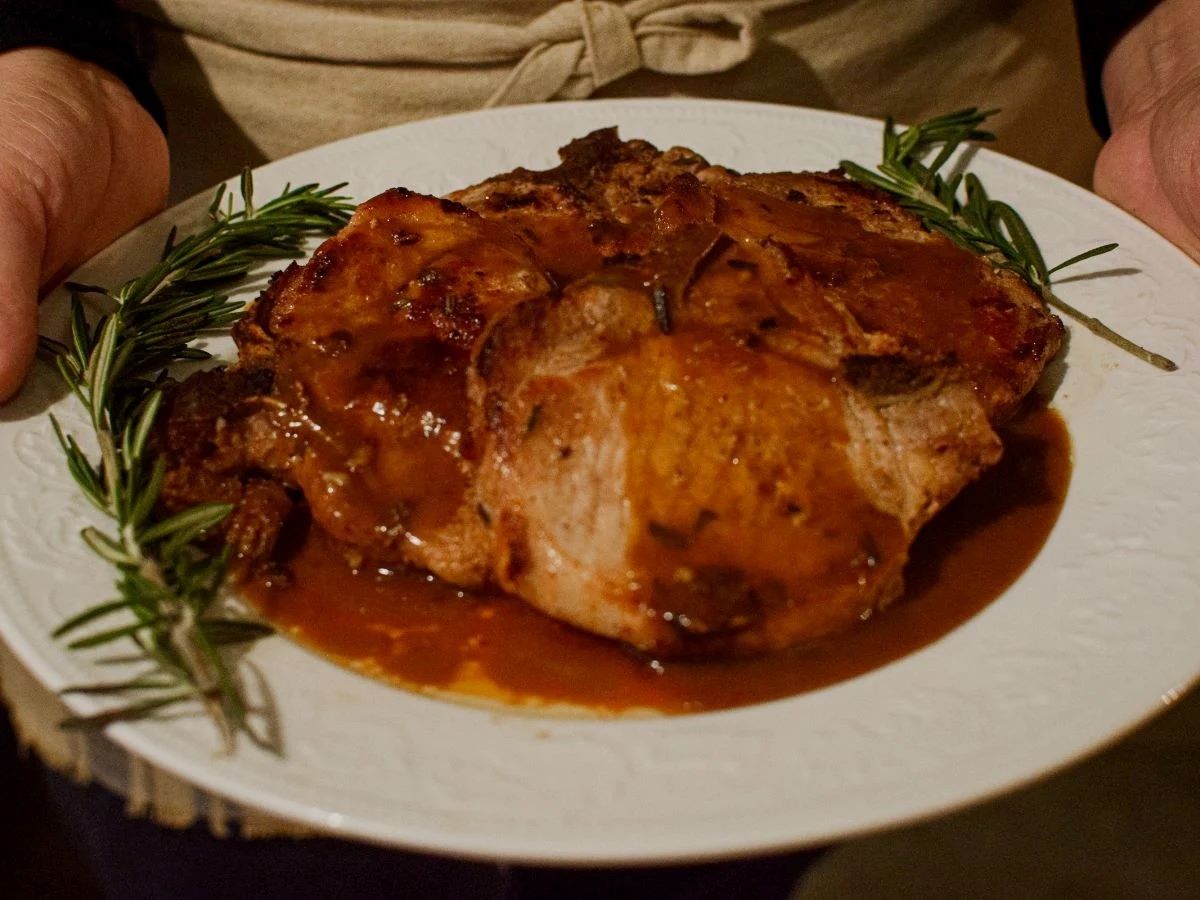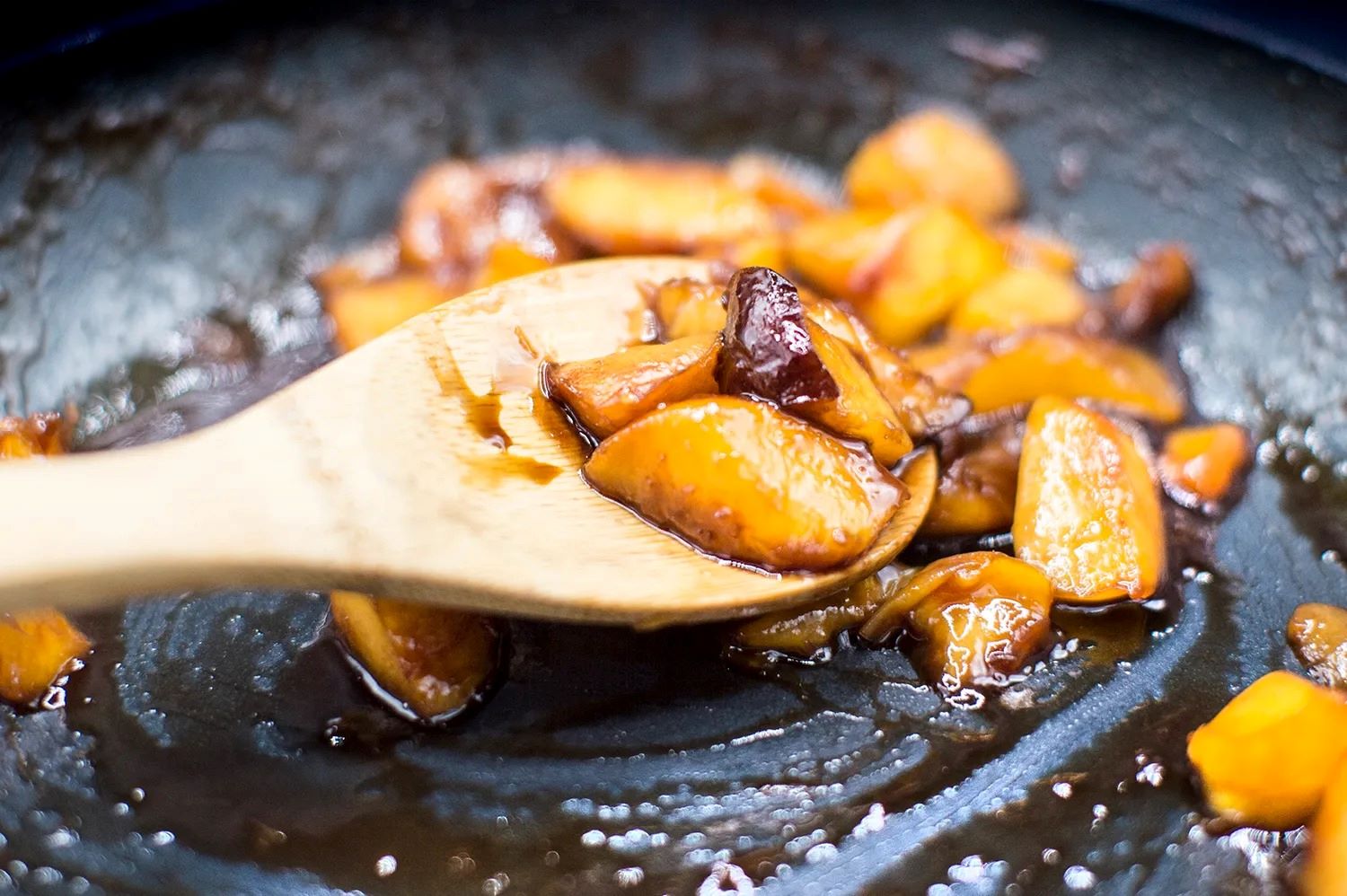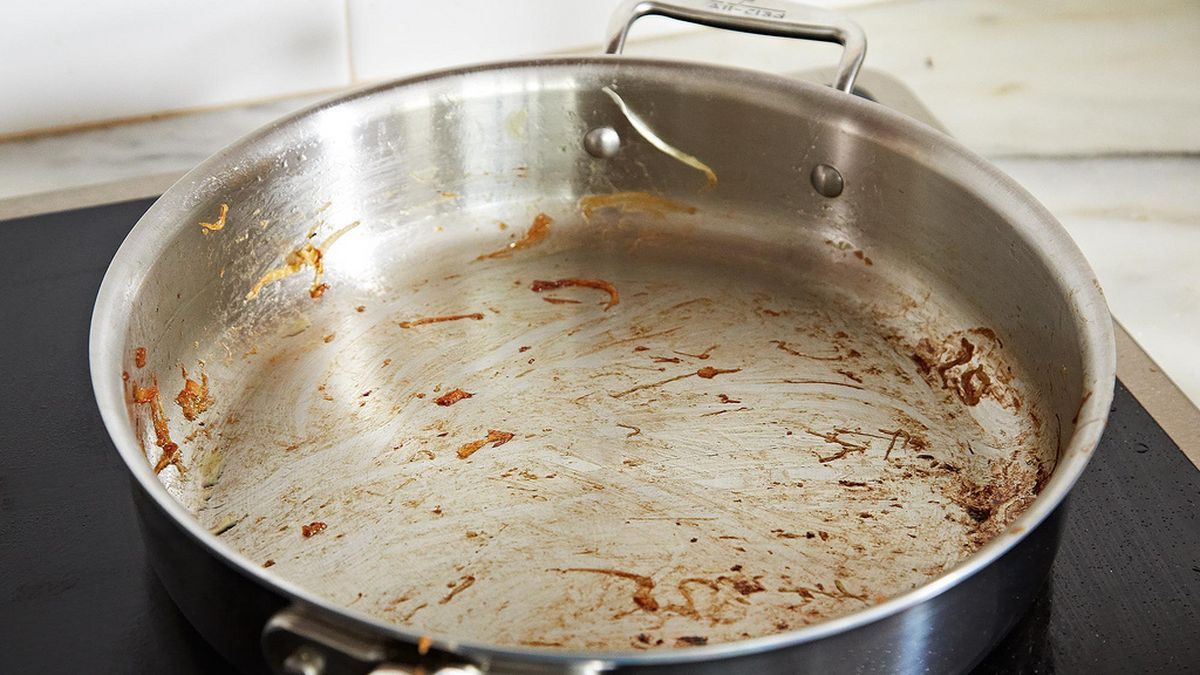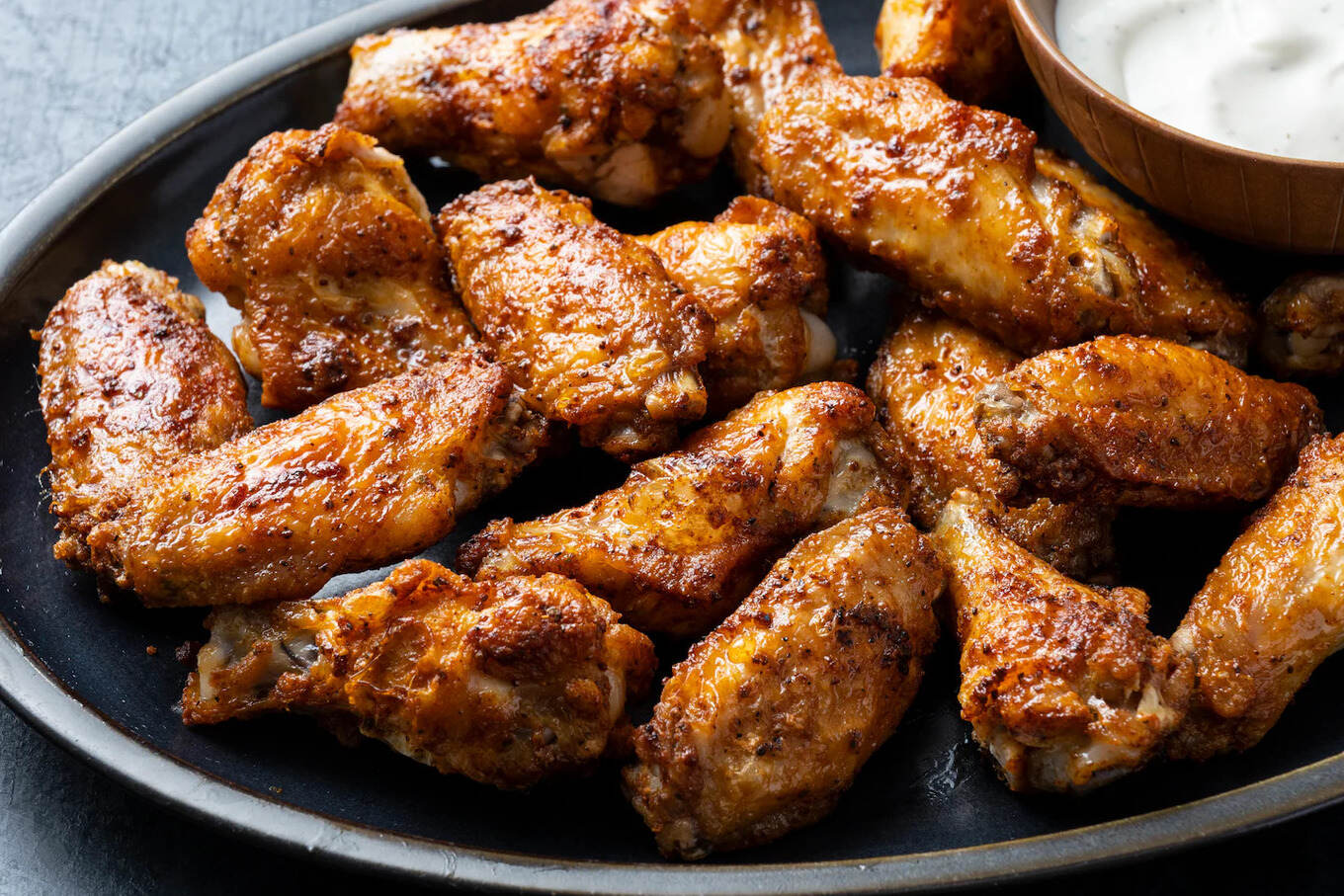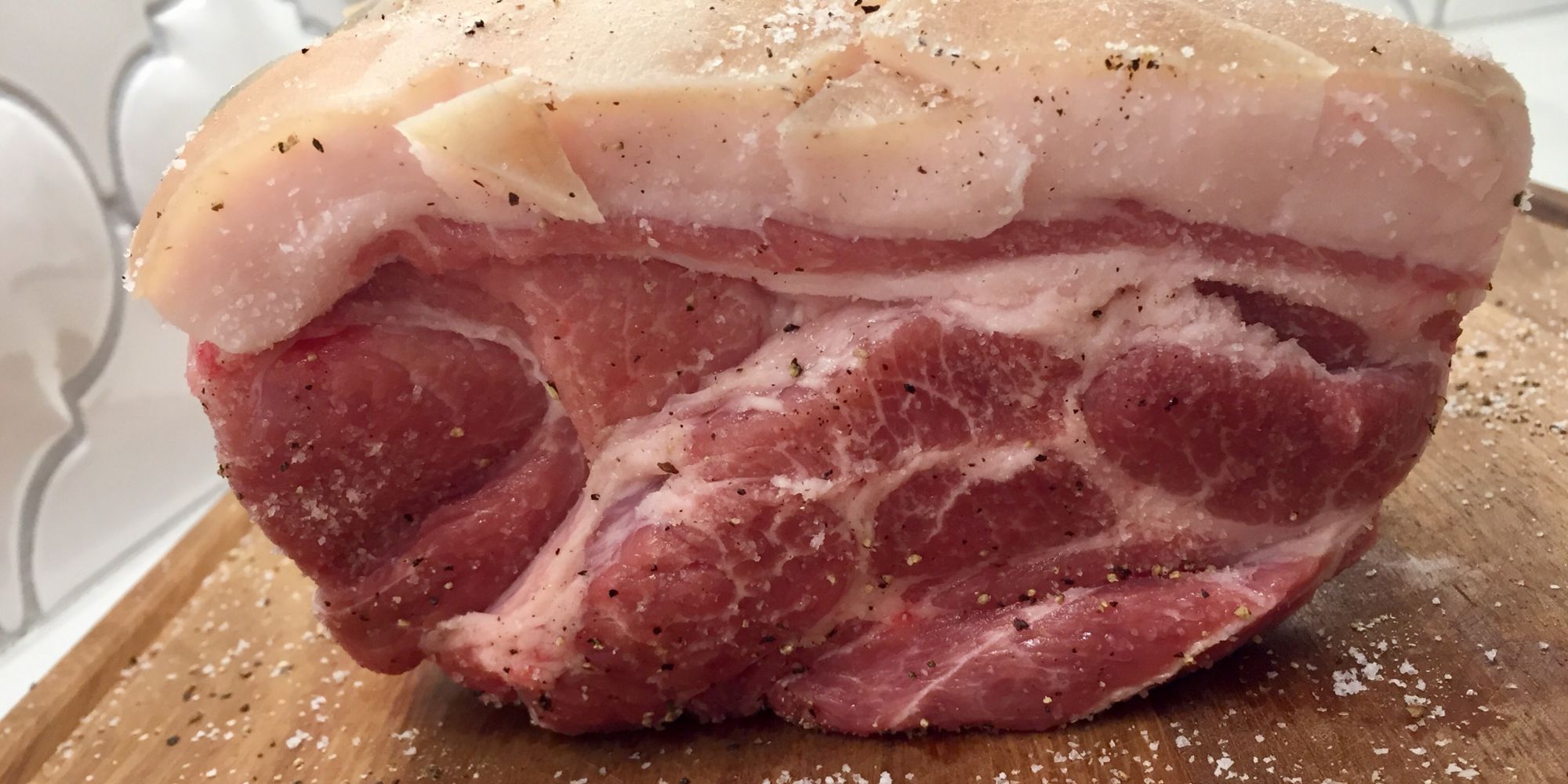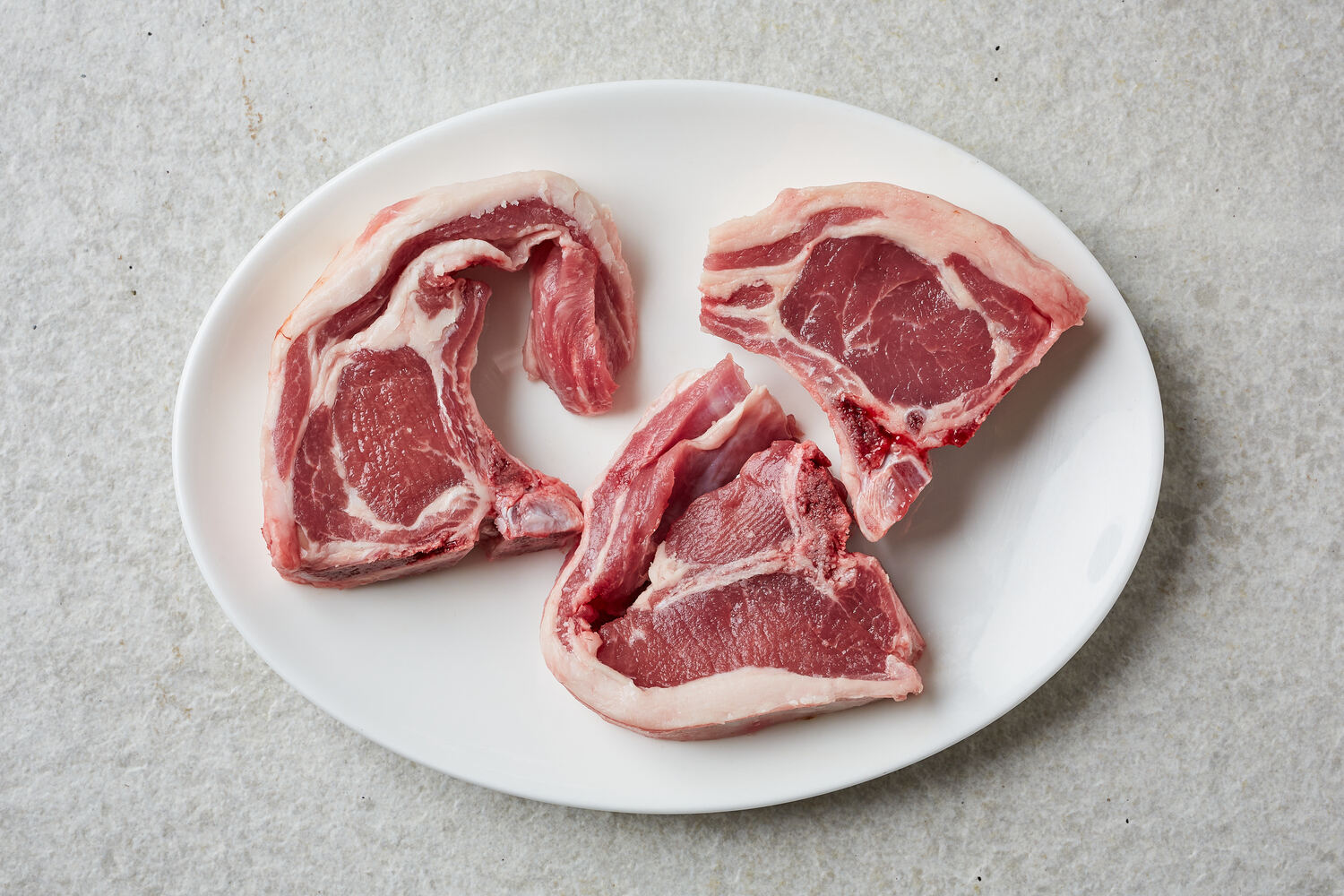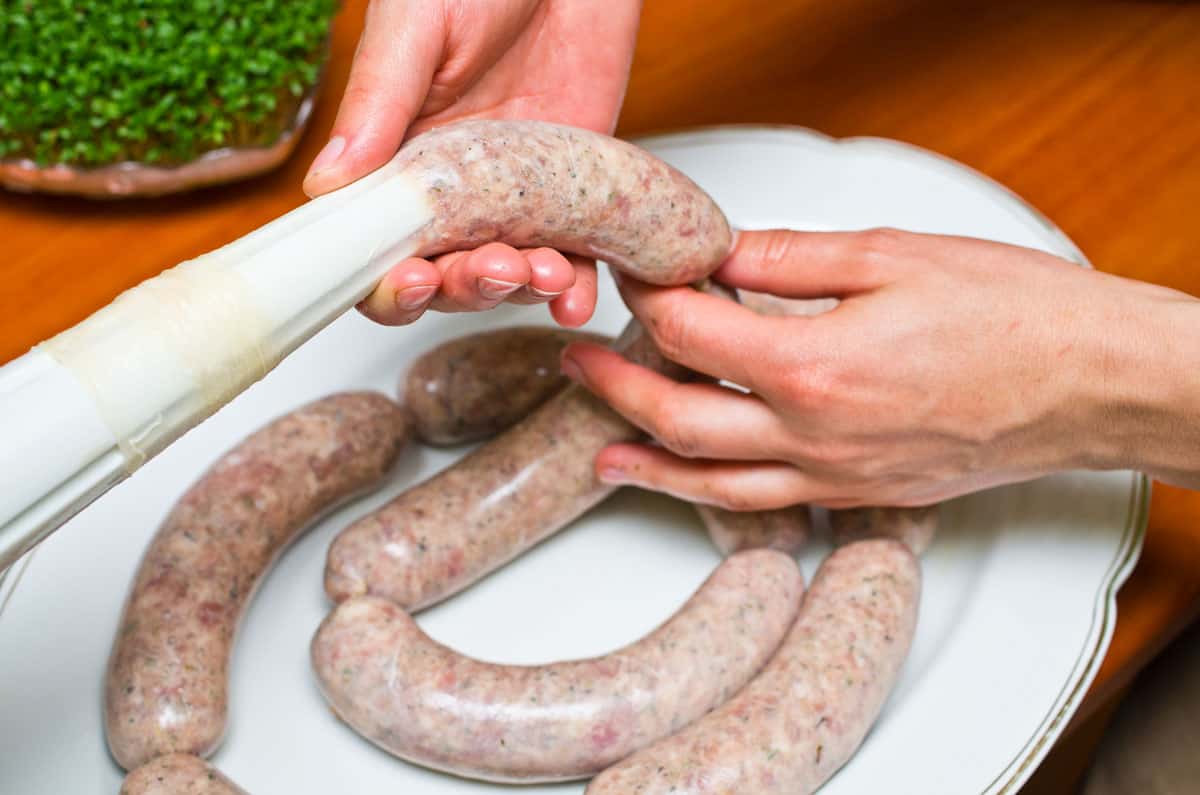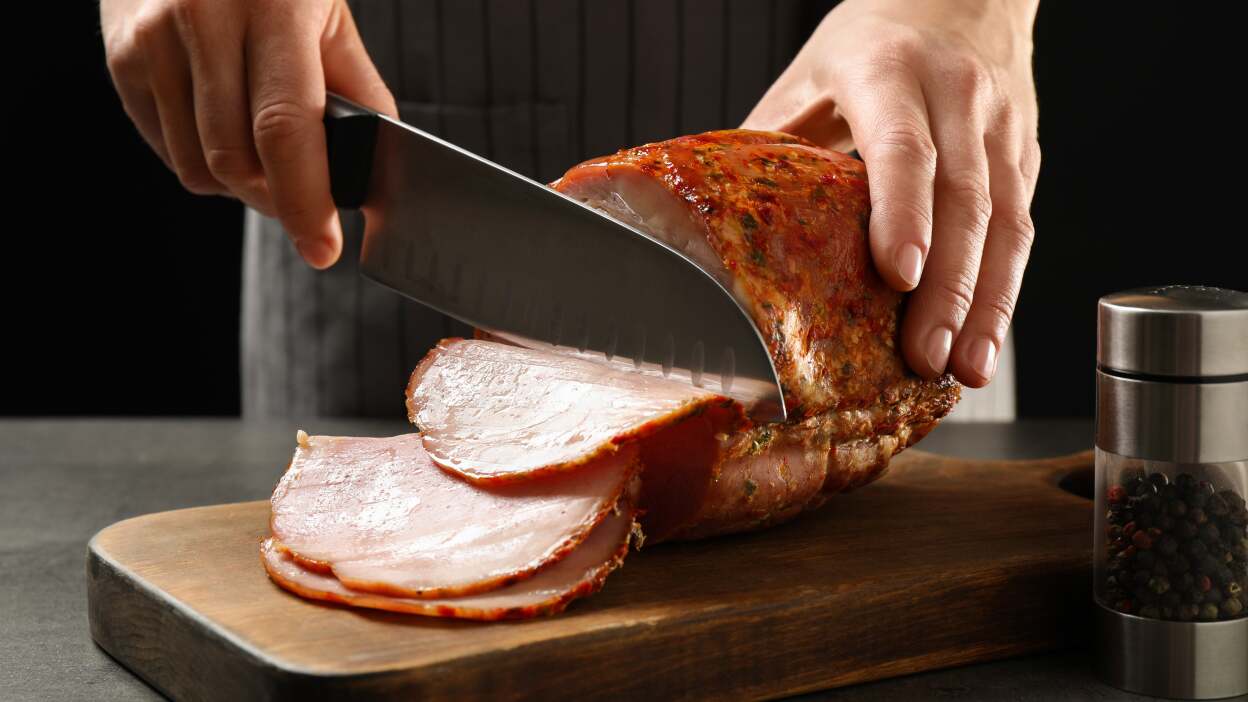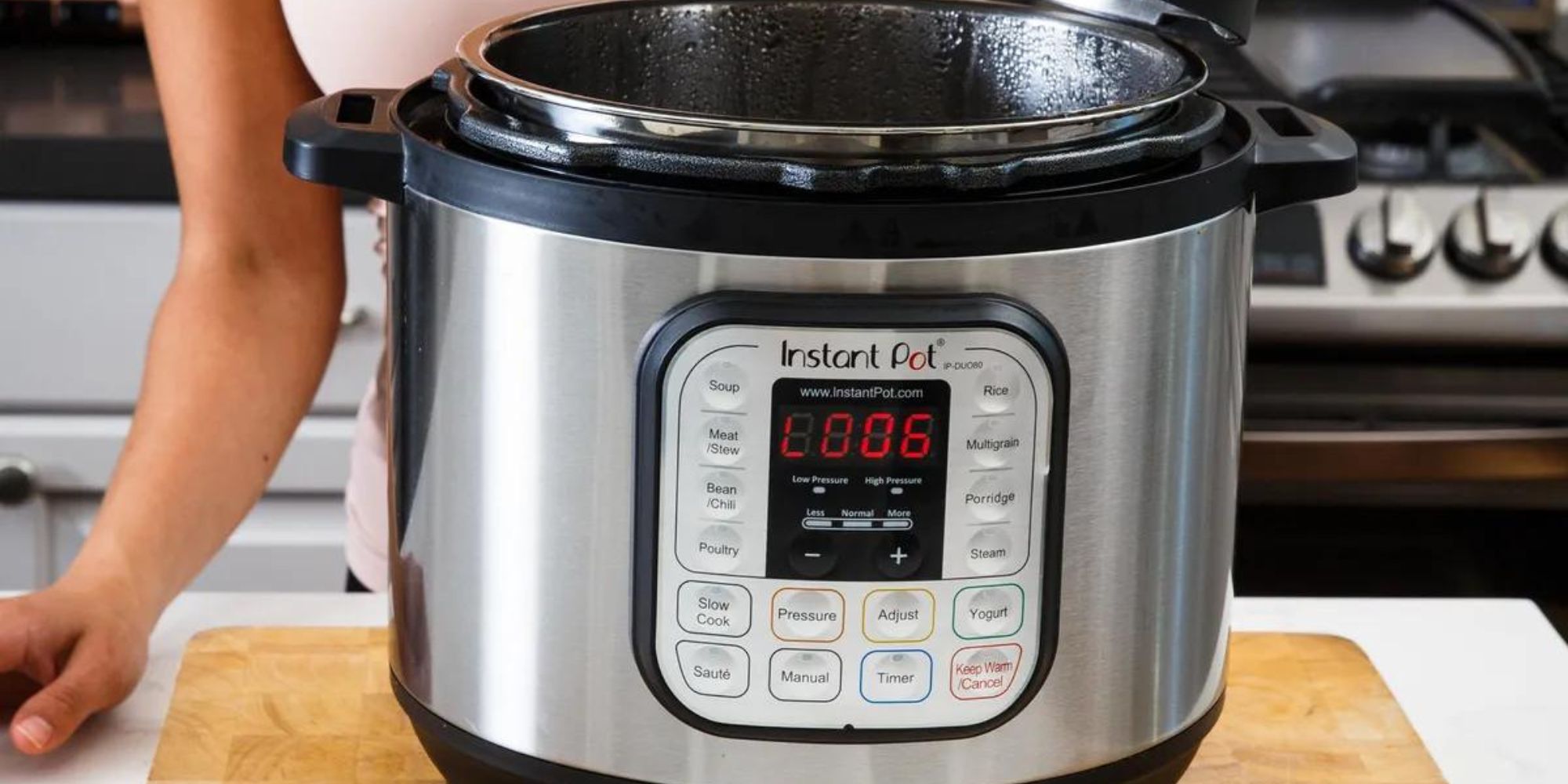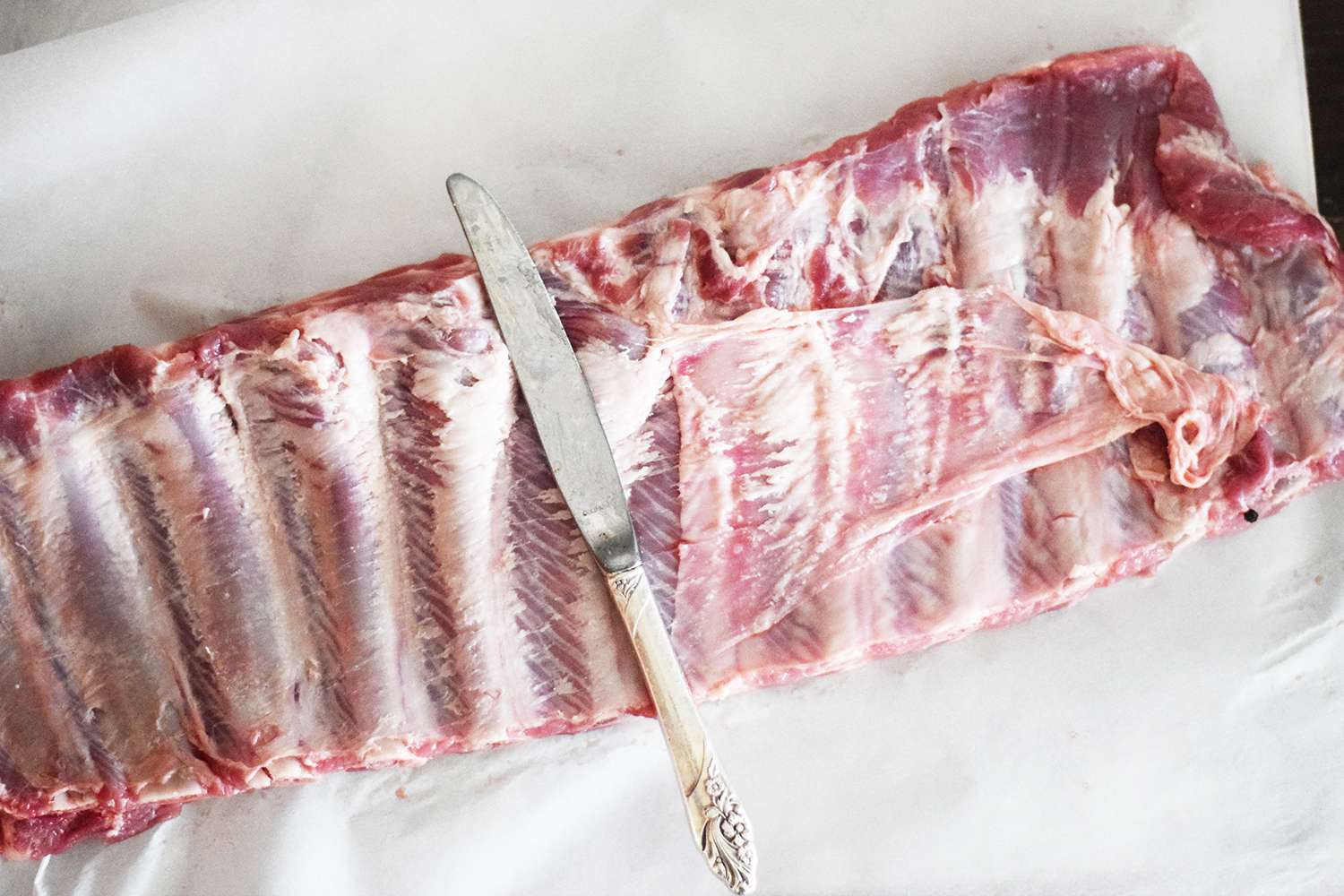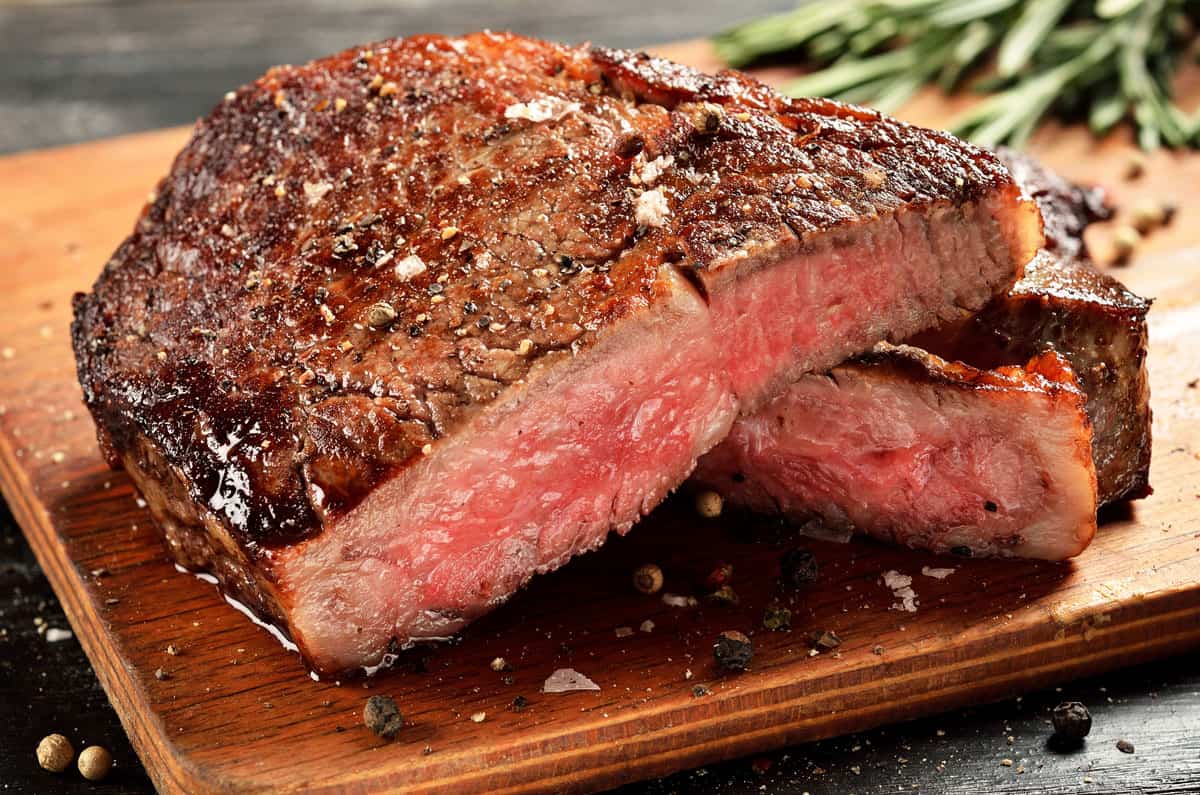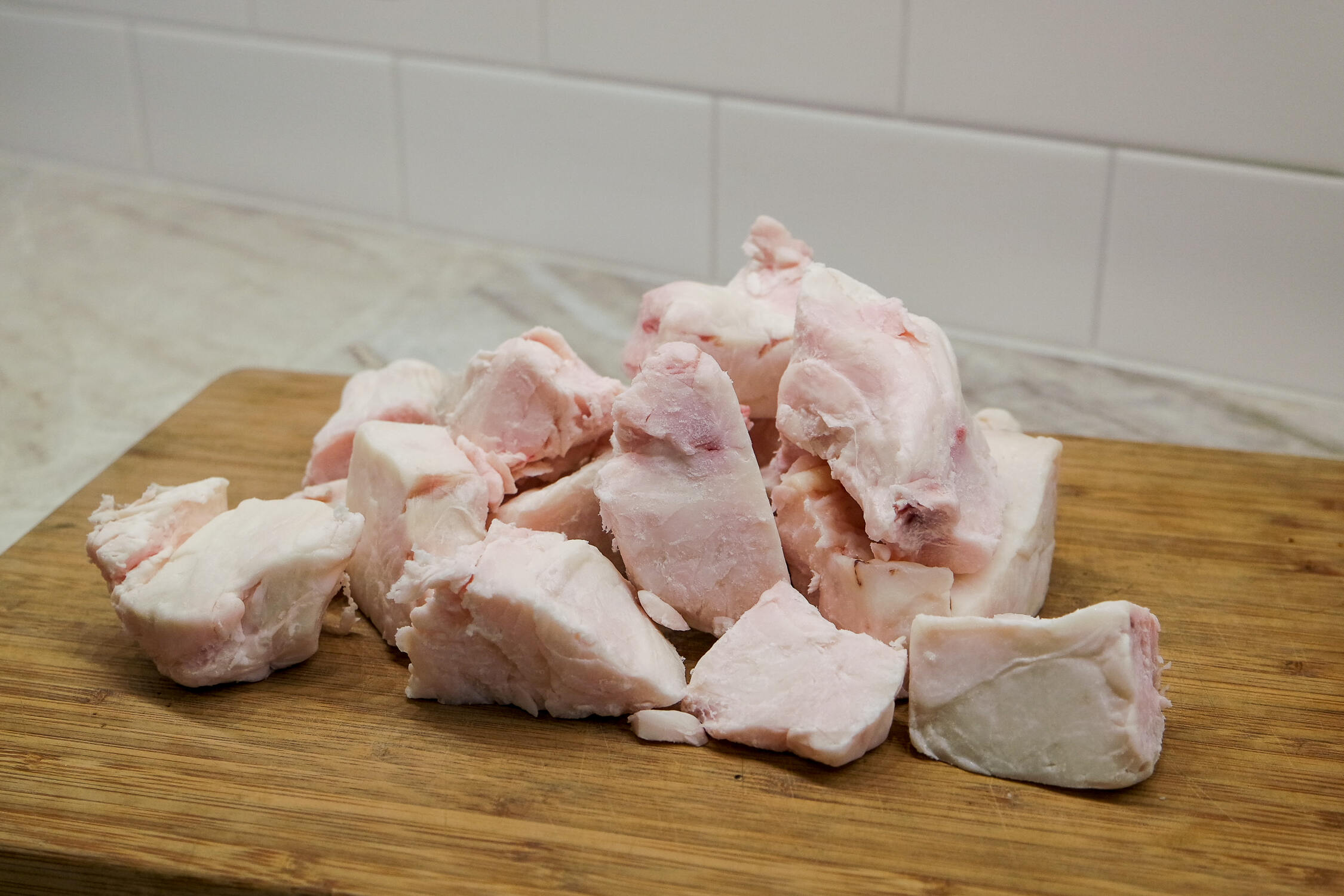Unlock the Secret to Perfectly Deglazing a Cast Iron Skillet
Cast iron skillets are a staple in many kitchens due to their durability and versatility. They are perfect for searing, frying, and even baking. However, one of the most crucial steps in maintaining and enhancing the flavor of your dishes is deglazing the skillet. This process involves using liquid to release the flavorful browned bits that are stuck to the bottom of the pan after cooking.
Why Deglazing is Important
Deglazing not only adds depth and complexity to your dishes but also makes cleaning your cast iron skillet a breeze. By incorporating this simple technique into your cooking routine, you can elevate the taste of your meals and prolong the lifespan of your beloved cast iron cookware.
Choosing the Right Liquid
When it comes to deglazing a cast iron skillet, the choice of liquid is crucial. The most common options for deglazing include:
- Chicken, beef, or vegetable broth
- Wine (red or white)
- Citrus juice
- Vinegar (such as balsamic or apple cider)
- Water
Each liquid imparts its own unique flavor profile to the dish, so it’s important to select one that complements the ingredients you’re working with.
The Deglazing Process
Now that you’ve chosen your liquid, it’s time to deglaze your cast iron skillet. Follow these simple steps to achieve optimal results:
- After cooking your food in the skillet, remove it from the heat.
- Place the skillet on a heat-resistant surface and carefully pour your chosen liquid into the pan. Be cautious as the liquid may sizzle and release steam.
- Using a wooden spoon or spatula, gently scrape the bottom of the skillet to loosen the browned bits. This process allows the flavorful remnants to mix with the liquid, enhancing the overall taste of your dish.
- Return the skillet to the heat and bring the liquid to a simmer. Allow it to reduce slightly, intensifying the flavors even further.
- Once the liquid has reduced, remove the skillet from the heat and incorporate the resulting sauce into your recipe, or pour it over the finished dish.
Cleaning and Maintaining Your Cast Iron Skillet
After deglazing, it’s important to properly clean and maintain your cast iron skillet to ensure its longevity. Here are some essential tips:
- Once the skillet has cooled, wash it with warm water and a soft sponge. Avoid using harsh soaps or abrasive scrubbers, as they can strip the skillet’s seasoning.
- Dry the skillet thoroughly with a clean towel or by placing it over low heat on the stove.
- Apply a thin layer of oil to the skillet to re-season it, ensuring that it remains non-stick and protected from rust.
- Store the skillet in a dry place to prevent moisture from accumulating and causing damage.
Experiment and Enjoy
Now that you’ve mastered the art of deglazing a cast iron skillet, it’s time to unleash your creativity in the kitchen. Experiment with different liquids and flavor combinations to discover new and exciting ways to enhance your favorite dishes. Whether you’re searing a steak, sautéing vegetables, or preparing a one-pan meal, deglazing will undoubtedly elevate the flavors and make your cooking experience even more enjoyable.
So, the next time you reach for your trusty cast iron skillet, remember the power of deglazing and the incredible depth of flavor it can bring to your culinary creations.
Was this page helpful?
Read Next: How To Deglaze Stainless Steel Pan
